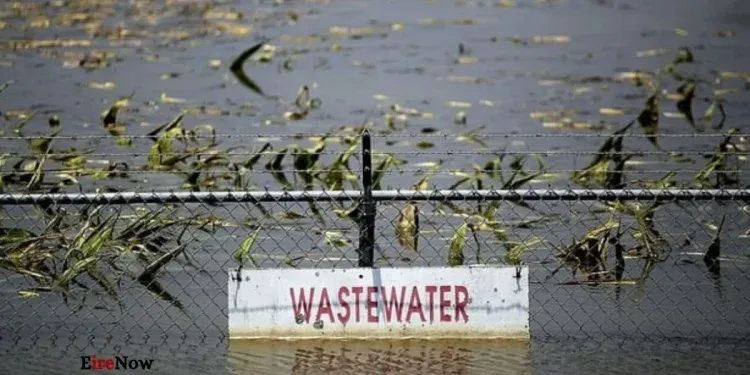DUBLIN – The Environmental Protection Agency (EPA) has reported a significant reduction in raw sewage discharges, which have been halved since the start of last year, a development they attribute to investment by Uisce Éireann. However, the agency’s latest report on urban wastewater treatment delivered a sharp warning, stating that operational failings and poor management continue to prevent many Uisce Éireann plants from meeting required standards and protecting water quality.
The report highlights that new wastewater treatment plants, such as those in Arklow, Co Wicklow; Kilrush, Co Clare; Omeath, Co Louth; and Coolatee, Co Donegal, have eliminated raw sewage discharge for approximately 25,000 people. This progress has led to an overall halving of raw sewage discharges into the environment.
Despite this investment-driven success, the EPA noted that discharges from 59% of Uisce Éireann’s treatment plants failed to consistently prevent pollution. Crucially, nearly half of these failures—and a majority of 1,080 short-duration incidents last year—were attributed to poor operational management, including equipment breakdowns, inadequate procedures, and insufficient training, issues which the EPA insists can and must be resolved immediately without major investment.
Untreated sewage from around 20,000 people in 15 other towns and villages is still being discharged daily as they remain unconnected to treatment facilities, continuing to harm water quality with harmful bacteria, viruses, and excess nutrients like nitrogen and phosphorus.
EPA Programme Manager, Noel Byrne, was unambiguous in his criticism. “Too many wastewater treatment plants are failing to meet licence standards due to poor management and maintenance practices. This is simply not good enough,” he stated, adding that the EPA has already prosecuted Uisce Éireann on 28 occasions for treatment failures.
While acknowledging the long-term challenge of infrastructural deficits, the EPA warned that Uisce Éireann’s delays in starting necessary works at half of the 78 identified priority areas are “prolonging risks to water quality.”
In response, Uisce Éireann acknowledged the challenges, citing the “legacy condition” of its assets, a result of decades of under-investment, and committed to a multi-billion-euro capital investment programme—the largest in the State’s history—to improve the ageing network of over 1,000 plants, 2,200 pumping stations, and 26,000km of network. The utility also pointed to new organisational structures implemented to strengthen operational oversight and incident response.







